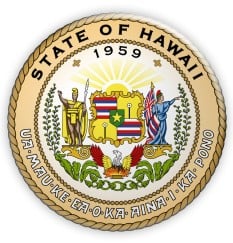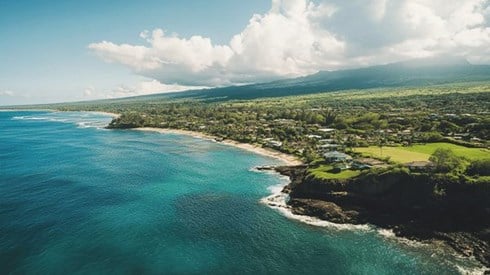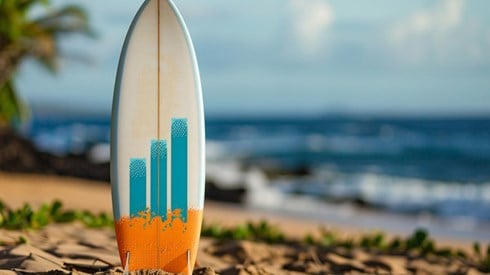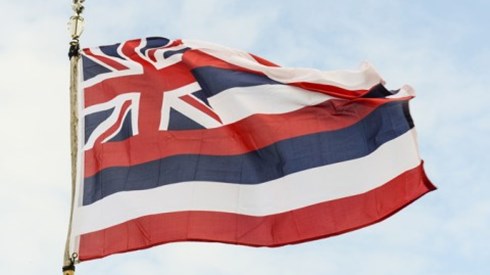Hawaii has the distinction of being both one of the oldest and largest captive domiciles in the United States.
In 1986, Hawaii lawmakers passed legislation authorizing the formation of captive insurance companies in the state. The growth in the number of captives since then has been significant. Indeed, since 2013, the number of Hawaii captives has increased more than 42 percent, rising to 272 at the end of 2024, up from 184 in 2013.
The increase in Hawaii captives, though, is far overshadowed by their huge premium growth. In 2024, Hawaii captives generated $18.38 billion in premiums, up dramatically from $4.36 billion in 2015.
Captive managers attribute Hawaii's steady growth as a captive domicile to several factors, especially the expertise of management firms and regulators.
"Hawaii is a mature captive domicile with a rich history of serving a wide range of captive owners, large and small. We have a robust local service provider infrastructure, highly experienced in meeting the unique needs of captives," said Fay Okamoto, senior vice president, Hawaii captives, for Artex Solutions Inc. in Honolulu.
"As a result, Hawaii captive owners receive high-level, consultative, and timely responses from regulators and service providers," Ms. Okamoto added.
Others concur with that assessment. "We have a very robust network of service providers," said Matt Takamine, the former president of the Hawaii Captive Insurance Council and executive managing director and captive operations leader for Beecher Carlson in Honolulu.
Referring to Andrew Kurata, deputy commissioner and captive insurance administrator for the Hawaii Department of Consumer Affairs Insurance Division in Honolulu, Mr. Takamine said Hawaii has a "top-notch" captive regulator along with an accessible and knowledgeable staff.
Captive executives agree with that assessment. Regulators are "warm and friendly and accommodating. We appreciate that," said Diane Abbett, president of California Healthcare Insurance Co. Inc., a Risk Retention Group, which first began operating in Hawaii 30 years ago and provides medical malpractice insurance coverage to hospitals and other healthcare entities, as well as physicians and dentists.
Indeed, Mr. Kurata said a key regulatory function is to develop and maintain strong relationships with captive sponsors and their managers.
"We pride ourselves in our ability to form partnerships with managers and captive owners to help achieve their risk management goals while providing prudent regulatory oversight," Mr. Kurata said.
Hawaii captive premium taxes are modest, with 0.25 percent tax rate on captive premiums up to $25 million, with the tax rate falling to 0.15 percent on premiums between $25 million to $50 million and a 0.05 percent tax rate on premiums from $50 million to $250 million. No taxes are assessed on premiums over $250 million.
Capital and surplus requirements vary by type of captive. For example, the minimum capital and surplus requirements are $100,000 for a single-parent captive that only is used for reinsurance, $200,000 for a single-parent captive that is used for direct insurance and reinsurance; $500,000 for association captives and risk retention groups; and $500,000 for a sponsored captive.
Ownership of Hawaii captives is spread out among different industries. For example, in 2022, 72 captives were owned by construction and real estate firms, while 53 were owned by telecommunications and manufacturing companies and 40 were sponsored by financial services companies.





